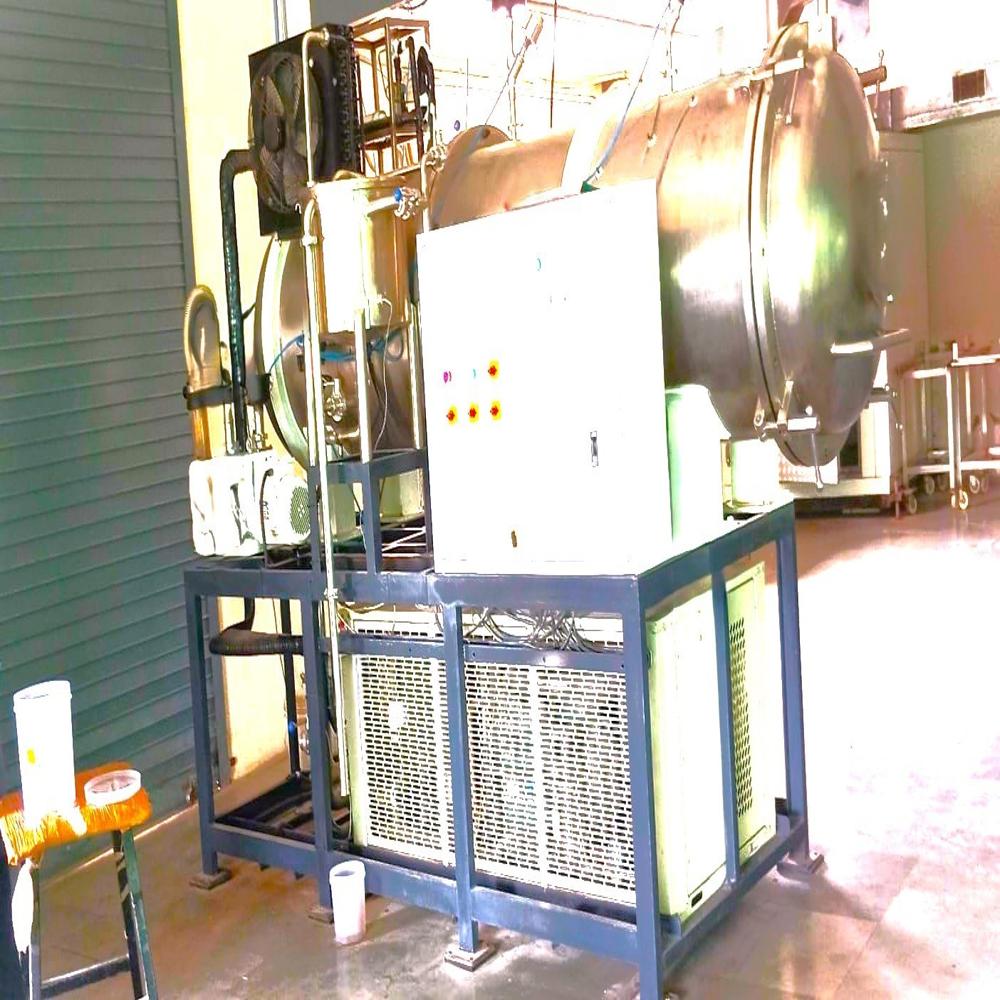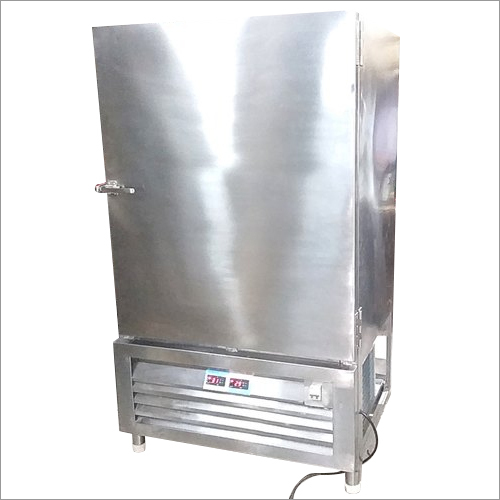Vacuum Freeze Dryer
900000.0 आईएनआर/Number
उत्पाद विवरण:
- पावर सोर्स Electric
- फ़्रिक्वेंसी हर्ट्ज (एचजेड)
- सामान्य उपयोग Commercial
- मटेरियल
- क्षमता लीटर
- कम्प्यूटरीकृत
- ऑटोमेटिक
- अधिक देखने के लिए क्लिक करें
X
मूल्य और मात्रा
- 1
उत्पाद की विशेषताएं
- 1 Year
- Commercial
- लीटर
- Electric
- हर्ट्ज (एचजेड)
व्यापार सूचना
- Mumbai (Nhava Sheva)
- प्रति महीने
- दिन
- No
- Export Wooden Packing
- CE, ISO 9001, ISO 12000
उत्पाद वर्णन
Introducing the Vacuum Freeze Dryer, a reliable appliance ideal for commercial use. Made of high-quality stainless steel in a sleek silver blue color, this dryer has a capacity of 500 liters, ensuring efficient and eco-friendly operation. With a PLC control system for easy use, this dryer offers automatic operation with low noise levels and lower energy consumption. Its power source is electric, operating at a frequency of 50 Hertz. This dryer is designed for high efficiency, making it a valuable asset for your business.
FAQs of Vacuum Freeze Dryer:
Q: What is the warranty period for the Vacuum Freeze Dryer?
A: The Vacuum Freeze Dryer comes with a 1-year warranty for your peace of mind.Q: Is the Vacuum Freeze Dryer computerized?
A: No, the Vacuum Freeze Dryer does not feature a computerized system.Q: What is the general use of the Vacuum Freeze Dryer?
A: The Vacuum Freeze Dryer is recommended for commercial use.Q: Does the Vacuum Freeze Dryer have a control system?
A: Yes, the Vacuum Freeze Dryer is equipped with a PLC control system.Q: What are the key features of the Vacuum Freeze Dryer?
A: The Vacuum Freeze Dryer boasts eco-friendly operation, high efficiency, and low noise levels.Tell us about your requirement

Price: Â
Quantity
Select Unit
- 50
- 100
- 200
- 250
- 500
- 1000+
Additional detail
मोबाइल number
Email




 जांच भेजें
जांच भेजें एसएमएस भेजें
एसएमएस भेजें मुझे निःशुल्क कॉल करें
मुझे निःशुल्क कॉल करें
